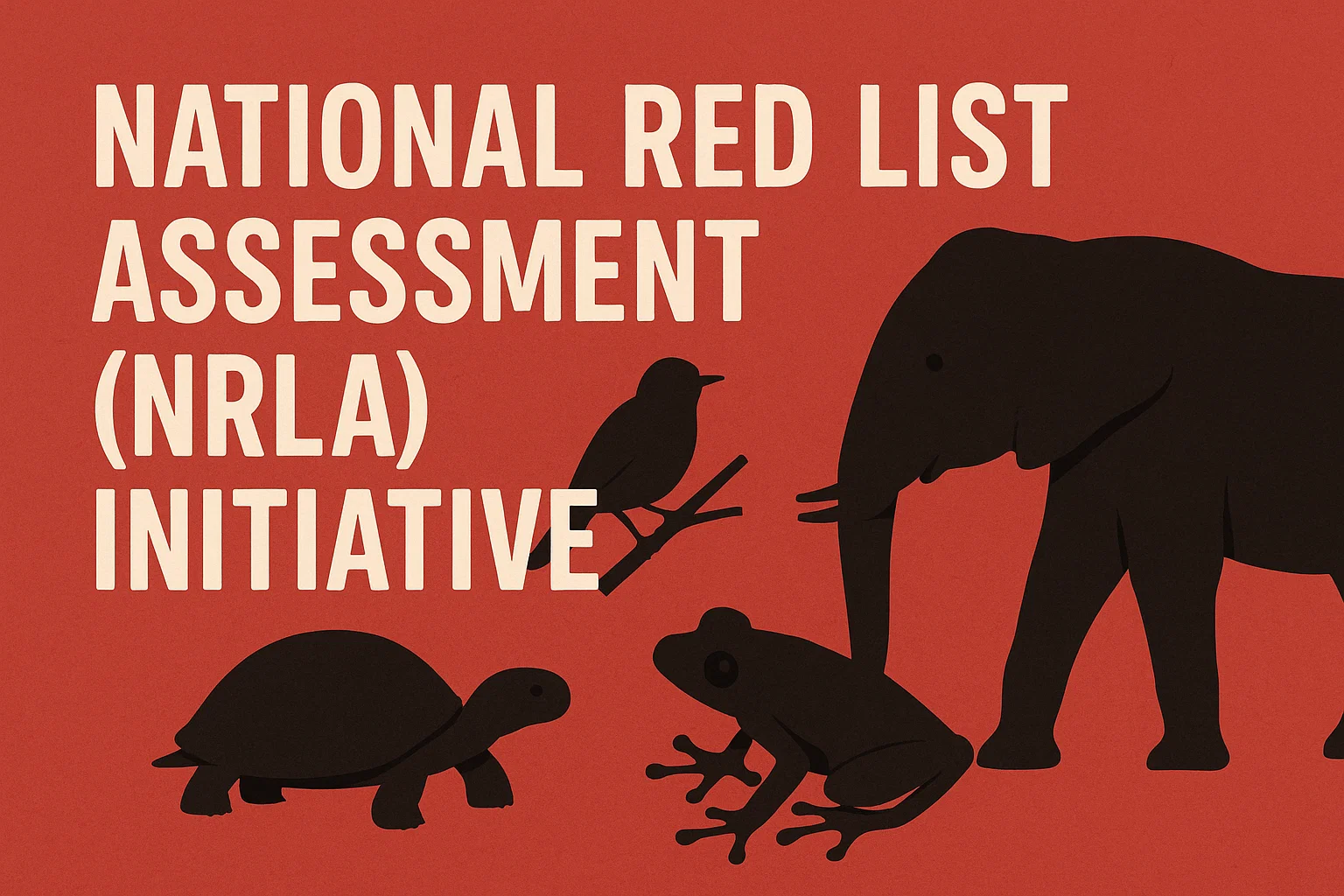Font size:
Print
Reining in Off-Budget Borrowings
Context: After years of rising off-budget borrowings (OBBs)—peaking during the pandemic—Indian states are expected to keep OBBs flat in FY26, signalling a move towards fiscal prudence.
More on News
This comes amid pressure for welfare spending and follows the Centre’s stricter enforcement of borrowing limits. While OBBs helped states finance emergencies, their opaque nature and debt risks have prompted corrective measures.
What are Off-Budget Borrowings (OBBs)?
- Off-budget borrowings (OBBs) are liabilities not directly reflected in government budgets but still impose repayment obligations. These are raised through:
-
- State-Owned Enterprises (SOEs): Loans taken by PSUs with state guarantees.
- Special Purpose Vehicles (SPVs): For infrastructure projects, backed by state revenues.
- Public-Private Partnerships (PPPs): Where governments commit future payments.
-
-
Examples:
-
-
- Food Corporation of India (FCI) borrowing for food subsidies.
- State power discoms accumulating debt with government backing.
-
-
Key Data:
-
-
- OBBs surged to ₹67,181 crore in FY21 (pandemic peak).
- Reduced to ₹29,335 crore in FY25, now projected to stabilise in FY26.
-
What are the Main Concerns Associated with OBBs?
- Fiscal Opacity: OBBs bypass official deficit limits, masking true indebtedness.
- Example: States like West Bengal and UP relied on OBBs to fund schemes without disclosing full liabilities.
- Debt Sustainability Risks: Repayment falls on future budgets, straining state finances.
- Rating agencies (like S&P) penalise hidden debts, raising borrowing costs.
- Crowding Out Private Investment: Excessive state borrowing diverts credit from businesses, raising interest rates.
- Uneven Burden: Poorer states (e.g., Bihar, MP) depend more on OBBs, worsening fiscal disparities vs. richer states (e.g., Maharashtra, TN).
Why is it Necessary to limit OBBs?
- Transparency & Accountability: The Centre’s 2022 rule counts OBBs within state borrowing limits under Article 293(3). Ensures investors and taxpayers see true fiscal health.
- Lower Borrowing Costs: Reduced OBBs improve credit ratings, cutting interest rates on bonds.
- Example: Gujarat’s low OBBs help it borrow cheaper than fiscally stressed states.
- Sustainable Development: Redirects funds from debt servicing to health, education, and infrastructure.
- SASCI scheme (interest-free 50-year loans) rewards states avoiding OBBs.
- Macroeconomic Stability: Limits contagion risks (e.g., Sri Lanka’s debt crisis triggered by opaque borrowing).
India’s push to limit off-budget borrowings marks a pivotal shift towards transparent, sustainable finances. While states face pressure to spend, disciplined borrowing ensures long-term stability and investor confidence.


